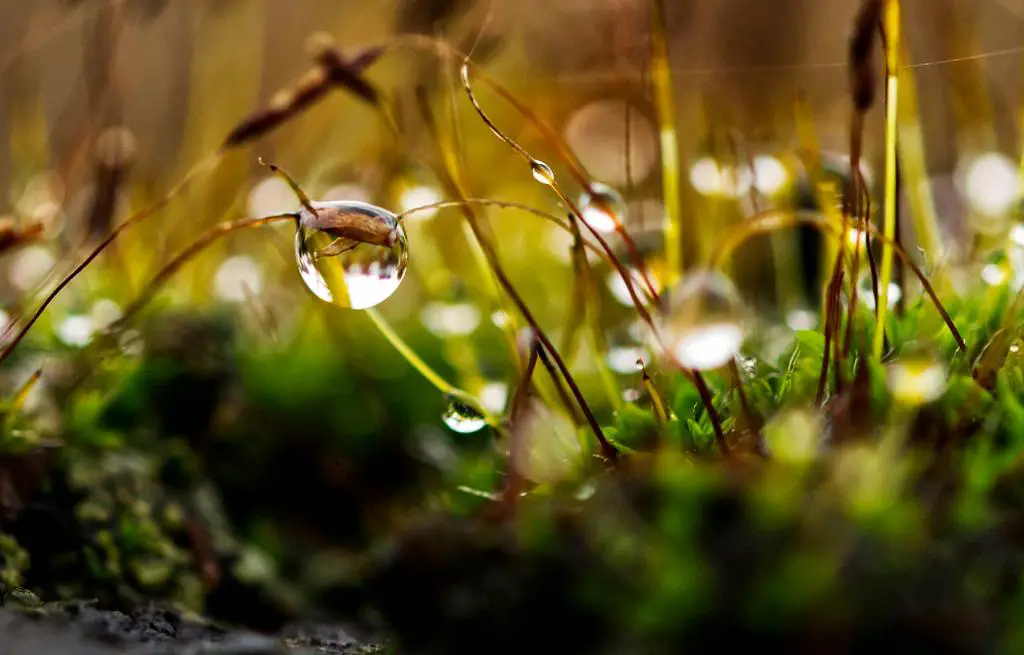Scalping your lawn is an essential practice that can help maintain the health and appearance of your grass. By lowering your mower’s cutting height to ½ – 1 inch, you can effectively remove excess thatch and promote new growth. However, it’s important to approach lawn scalping with care and attention to ensure optimal results.
Benefits of Lawn Scalping
Scalping your lawn can help improve air circulation and sunlight exposure to the soil, which can stimulate new grass growth and enhance overall lawn health. Removing excess thatch also prevents it from suffocating the grass and allows essential nutrients to reach the roots more effectively.
Best Practices for Lawn Scalping
When scalping your lawn, it’s crucial to avoid bagging the removed material and sending it to the landfill. Instead, utilize the debris as mulch or compost to enrich your garden soil. This sustainable approach not only reduces waste but also nourishes your plants naturally.
Timing and Frequency
It’s recommended to scalp your lawn at the beginning of the growing season, typically in early spring. This process helps prepare the grass for the upcoming months of active growth. However, avoid scalping during periods of drought or extreme heat, as it can stress the grass.
Equipment and Tools
Ensure your mower blades are sharp and in good condition before scalping your lawn. Dull blades can tear the grass, leading to uneven cuts and potential damage. Additionally, use a grass catcher attachment to collect the debris if necessary, or consider using a mulching mower for a more sustainable approach.
Preparation and Aftercare
Prior to scalping, remove any obstacles or debris from the lawn to prevent damage to your mower and ensure a smooth cutting process. After scalping, water the lawn thoroughly to promote recovery and new growth. Avoid excessive foot traffic on the newly scalped areas to allow the grass to flourish.
Maintaining Lawn Health
Regular maintenance practices, such as watering, fertilizing, and aerating, are essential to keep your lawn healthy and resilient. Scalping should be viewed as a supplemental measure to improve the overall condition of your grass, rather than a standalone solution.
Common Mistakes to Avoid
One common mistake when scalping lawns is cutting the grass too short, which can stress the plants and leave them vulnerable to pests and diseases. It’s crucial to follow recommended cutting heights and techniques to achieve the desired results without compromising the health of your lawn.
Long-Term Benefits
By incorporating lawn scalping into your regular lawn care routine, you can enjoy a lush, green lawn that thrives throughout the year. The removal of thatch and debris allows for better nutrient absorption and root development, resulting in a more robust and visually appealing lawn.
Environmental Impact
Choosing sustainable lawn care practices, such as mulching the removed debris, can reduce your environmental footprint and contribute to a healthier ecosystem. By recycling organic material back into the soil, you support biodiversity and promote a greener, more sustainable environment.
Consulting with Experts
If you’re unsure about how to scalp your lawn or need guidance on specific issues, consider consulting with professional landscapers or gardeners. They can provide personalized recommendations and insights based on your lawn’s unique characteristics and help you achieve the best results for your outdoor space.

Conclusion
In conclusion, lawn scalping is a valuable practice that can benefit the health and appearance of your grass. By following the recommended tips and best practices, you can scalp your lawn effectively and promote lush, green growth throughout the season. Remember to approach scalping with care and attention to detail to ensure optimal results and maintain a beautiful lawn for years to come.
